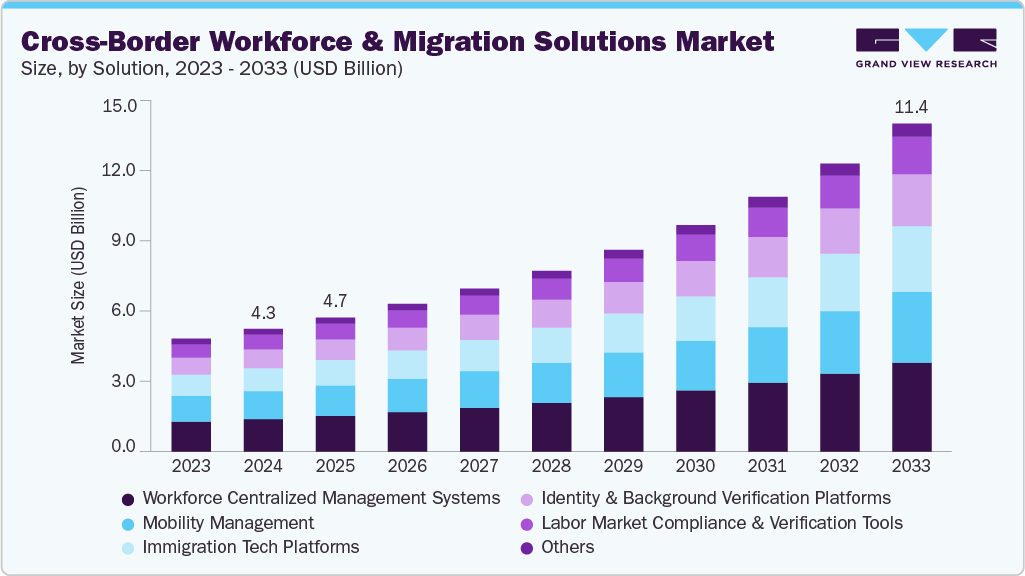The global algae-based bioplastics market, valued at USD 106.0 million in 2024, is forecast to reach USD 146.2 million by 2030, demonstrating a Compound Annual Growth Rate (CAGR) of 5.5% from 2025 to 2030. This expansion is primarily driven by escalating environmental concerns regarding traditional plastics and the increasing demand for sustainable, biodegradable packaging solutions.
A significant advantage of algae is its rapid growth rate and minimal resource requirements, making it a highly favorable renewable feedstock. Growing public awareness and regulatory pressure to reduce dependence on petroleum-based plastics are further propelling market growth, as industries actively seek alternative materials with a lower carbon footprint. Algae-based bioplastics offer a compelling solution due to their renewable nature, biodegradability, and reduced greenhouse gas emissions during production.
The abundant and efficient biomass production capacity of algae is another key market driver. Algae can be cultivated on non-arable land using wastewater, which avoids competition with food crops and lessens the burden on freshwater resources. Moreover, certain algae species can double their biomass in a matter of hours, making them highly scalable for industrial applications. This high yield, combined with minimal requirements for fertilizers or pesticides, provides algae with a significant edge over other bioplastic feedstocks like corn or sugarcane, which necessitate extensive agricultural inputs and land use.

Key Market Insights:
- Regional Dominance: The Asia Pacific region commanded the largest revenue share, exceeding 43.0%, in 2024 and is projected to achieve the fastest CAGR of 6.1% over the forecast period. This strong performance is largely attributed to increasing environmental awareness coupled with stringent government regulations aimed at mitigating plastic pollution.
- Product Type: The polyethylene (PE) segment secured the largest market revenue share, over 42.0%, in 2024 and is anticipated to grow at the fastest CAGR of 6.2% during the forecast period. Algae-based PE provides a sustainable alternative to conventional fossil-fuel-derived PE, offering comparable structural and barrier properties.
- Application: The packaging segment accounted for the largest market share, over 43.0%, in 2024 and is projected to grow at the fastest CAGR of 6.1% during the forecast period. Algae-based bioplastics are increasingly being utilized in various packaging applications, including food containers, bottles, films, and bags.
Order a free sample PDF of the Algae-based Bioplastics Market Intelligence Study, published by Grand View Research.
Market Size & Forecast
- 2024 Market Size: USD 106.0 Million
- 2030 Projected Market Size: USD 146.2 Million
- CAGR (2025-2030): 5.5%
- Asia Pacific: Largest market in 2024
Key Companies & Market Share Insights
The competitive landscape of the algae-based bioplastics market is characterized by a blend of innovative startups and established, research-focused companies. These entities are relentlessly pursuing the commercialization of sustainable alternatives to traditional plastics. Currently in a nascent yet rapidly evolving phase, the market sees players prioritizing research and development (R&D). The core objectives of this R&D are to enhance the cost-efficiency, scalability, and material properties of polymers derived from algae.
A prominent strategy within this market is the formation of strategic partnerships. Collaborations between biotechnology firms, academic institutions, and companies in the packaging or consumer goods sectors are frequent, serving to accelerate both product development and market adoption.
Illustrative of this trend are several key developments:
- Umea University's Waste2Plastic Project (September 2024): This initiative secured approximately USD 1.54 million in funding from the Swedish Energy Agency and industrial partners. The project's focus is on developing biodegradable plastics, specifically polyhydroxyalkanoates (PHA), utilizing Nordic microalgae. This highlights a concerted effort towards sustainable polymer production from unique algal sources.
- Somater and Eranova Collaboration (February 2024): Somater, a prominent manufacturer of plastic and polymer primary packaging, partnered with French biotech startup Eranova. Their joint effort led to the development of ALGX, a 100% bio-based polymer packaging material. This innovative solution is derived from green algae harvested from the Étang de Berre lagoon in France, aiming to offer an environmentally friendly alternative to fossil-based polymers by leveraging algae as a raw material.
Key Players
- Notpla Limited
- Algix LLC
- Lifeasible
- Evoware
- BZEOS
- FLEXSEA
- BLOM
- Eranova
- Sway Innovation Co.
- ALGBIO
- PT Seaweedtama Biopac Indonesia
Explore Horizon Databook – The world's most expansive market intelligence platform developed by Grand View Research.
Conclusion
The algae-based bioplastics market is rapidly growing, driven by environmental concerns and demand for sustainable, biodegradable alternatives. Algae's renewable nature, rapid growth, and minimal resource needs make it an ideal feedstock. Asia Pacific leads the market, with polyethylene and packaging dominating segments. Innovative startups and research-driven companies are collaborating to enhance material properties and scalability, exemplified by recent projects like Umea University's Waste2Plastic and the Somater-Eranova ALGX development.


No comments:
Post a Comment